The 10th VDEC D2T Symposium
Presentation abstract
Close this window
Session 1 - Presentation 1
|
Title:
High reliability and process control technique of LSI for Automotive product
|
|
Speaker:
Takashi Setoya (Toshiba, JEITA)
|
Abstract:
EV、PHVなど、電子化が進む自動車において、
自動車(車載)用半導体の役割は大変重要なものになってきました。
車載に使用される半導体は、高温・高湿など様々な厳しい条件下において、
品質・信頼性への要求が格段に高くなっており、民生用とは異なる設計、製造、
品質管理、スクリーニング技術が必須になります。
本講演では、まず自動車用半導体に要求される品質レベルについて、
初期不良率、耐用寿命、動作温度条件といった要求レベル、
および信頼性試験条件などの観点から民生用半導体との違いを解説し、
高信頼性を達成する具体的手法を、事例などを交えながら、解説します。
Semiconductor devices for automotive applications are getting more
important as electronic technologies are involved more in EV, PHV, and others.
The required reliability/integrity level for the automotive semiconductors are
extremely higher than the ones for the conventional consumer products despite
their operational conditions are quite tough in temperature, humidity, and so on.
Then, different strategies in design, fabrication, quality assurance,
and screening must be indispensable for such semiconductor products.
In this talk, the required quality level of the automotive semiconductor
products is first discussed from the view points of the early failure rate,
constant failure rate period, and operational conditions, along with
their test conditions and with the comparison to ordinary consumer products.
Then, practical techniques to achieve such high-reliability products are
presented with some examples.
|
Biography:
(株)東芝 セミコンダクター&ストレージ社 品質統括責任者
1983年 東芝入社。
以来個別半導体の品質、信頼性技術開発、バイポーラIC品質信頼性技術、先端プロセス、SOC製品の品質信頼性技術開発に従事。
1985年〜 RCJ故障物理研究委員会委員
1986年〜 日科技連 信頼性研究会、信頼性部会に参加
2005年 大分工場品質保証部長
2010年 品質推進センター長
2013年 品質統括責任者
信頼性学会会員、日科技連 信頼性・品質技術研究会 副委員長
JEITA 実装・製品技術専門委員会 副委員長
JEITA 信頼性小委員会 主査 信頼性学会 会員
|
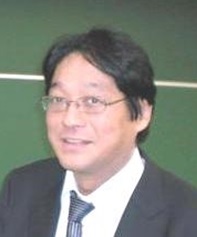
|
|
Session 1 - Presentation 2
|
Title:
Cross-layer Resilient Design for Automotive Electronics
|
|
Speaker:
Mehdi Tahoori (Karlsruhe Institute of Technology)
|
Abstract:
Automotive electronics have the stringent safety requirements.
However, as the minimum feature size continues to shrink,
a host of vulnerabilities influence resiliency of automotive VLSI electronics,
such as increased process variation as well as runtime variations
due to voltage and temperature fluctuations together with transistor
and interconnect aging.
This talk will discuss self-awareness, as a new paradigm,
for system resiliency in the presence of process and runtime variabilities.
The use of data-driven machine-learning is exploited, with the help of
various on-chip sensors and monitors, to learn and adapt the best policies
for system configuration to achieve resiliency while maintaining other system
requirements such as performance, quality of service, power and so on.
|
Biography:
Mehdi Tahoori is professor and Chair of Dependable Nano-Computing (CDNC)
at Karlsruhe Institute of Technology (KIT) in Germany since 2009.
Before that he was an associate professor of ECE at Northeastern University,
Boston, USA.
He received his Ph.D. and M.S. in Electrical Engineering from Stanford
University in 2003 and 2002, respectively, and B.S. in Computer Engineering
from Sharif University, Iran, in 2000.
He has published more than 200 conference and journal papers and holds several
patents on various aspects of emerging technologies for computing and
resilient system design. He is on the organizing and technical program
committee of various design automation, test, and reliability conferences
and workshops.
He is an associate editor of ACM Journal of Emerging Technologies for Computing.
He was the recipient of National Science Foundation CAREER Award.
He received a number of best paper nominations and awards at various conferences.
|
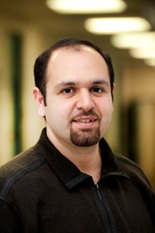
|
|
Session 2 - Presentation 1
|
Title:
Robust Systems: Overcoming Complexity and Reliability Challenges
|
|
Speaker:
Subhasish Mitra (Stanford University)
|
Abstract:
Electronic systems are an indispensable part of all our lives.
Malfunctions in these systems have consequences ranging from annoying
computer crashes, loss of data and services, to financial and productivity
losses, or even loss of human life. Robust system design is essential
to ensure that future electronic systems perform correctly despite rising
complexity and increasing disturbances in the underlying hardware.
This talk will address two major goals in the design of robust systems:
1) New approaches to thorough post-silicon validation that scale with
tremendous growth in complexity:
During post-silicon validation and debug, manufactured integrated circuits (ICs)
are tested in actual system environments to detect and fix design flaws (bugs).
Traditional pre-silicon verification is inadequate;
hence, many critical bugs are detected only after ICs are manufactured.
Our new Quick Error Detection (QED) technique overcomes post-silicon validation
and debug challenges by detecting bugs a billion times quicker compared
to existing approaches, while simultaneously improving bug coverage 4-fold.
For an open-source industrial multi-core IC consisting of approximately
half-a-billion transistors, QED automatically localizes difficult logic bugs
in only a few hours.
In contrast, it might take days or weeks (or even months) of manual work
(per bug) with existing approaches.
2) Cost-effective tolerance and prediction of failures in hardware during
system operation:
esilience to hardware failures is a key challenge for a large class of
future computing systems that are constrained by the so-called power wall:
from embedded systems to supercomputers. To overcome this outstanding
challenge, we advocate and examine a cross-layer resilience approach.
Two major components of this approach are:
(a) System- and software-level effects of circuit-level faults are considered
from early stages of system design;
and, (b) resilience techniques are implemented across multiple layers of
the system stack ? from circuit and architecture levels to runtime
and applications ? such that they work together to achieve required degrees
of resilience in a highly energy-efficient manner.
Illustrative examples to demonstrate key aspects of cross-layer resilience
will be discussed.
|
Biography:
Professor Subhasish Mitra
directs the Robust Systems Group in the Department of Electrical Engineering
and the Department of Computer Science of Stanford University,
where he is the Chambers Faculty Scholar of Engineering.
Before joining Stanford, he was a Principal Engineer at Intel.
Prof. Mitra's research interests include robust systems, VLSI design, CAD,
validation and test, emerging nanotechnologies, and emerging neuroscience applications.
His X-Compact technique for test compression has been key to cost-effective
manufacturing and high-quality testing of a vast majority of electronic systems,
including numerous Intel products. X-Compact and its derivatives have been
implemented in widely-used commercial Electronic Design Automation tools.
His work on carbon nanotube imperfection-immune digital VLSI, jointly with
his students and collaborators, resulted in the demonstration of the first
carbon nanotube computer, and it was featured on the cover of NATURE.
The NSF presented this work as a Research Highlight to the US Congress,
and it also was highlighted as "an important, scientific breakthrough"
by the BBC, Economist, EE Times, IEEE Spectrum, MIT Technology Review,
National Public Radio, New York Times, Scientific American, Time,
Wall Street Journal, Washington Post, and numerous other organizations worldwide.
Prof. Mitra's honors include the Presidential Early Career Award for
Scientists and Engineers from the White House, the highest US honor for
early-career outstanding scientists and engineers, ACM SIGDA/IEEE CEDA
A. Richard Newton Technical Impact Award in Electronic Design Automation,
"a test of time honor" for an outstanding technical contribution,
the Semiconductor Research Corporation's Technical Excellence Award,
and the Intel Achievement Award, Intel’s highest corporate honor.
He and his students published several award-winning papers at major venues:
IEEE/ACM Design Automation Conference, IEEE International Solid-State Circuits
Conference, IEEE International Test Conference, IEEE Transactions on CAD,
IEEE VLSI Test Symposium, Intel Design and Test Technology Conference,
and the Symposium on VLSI Technology.
At Stanford, he has been honored several times by graduating seniors
"for being important to them during their time at Stanford."
Prof. Mitra has served on numerous conference committees and journal editorial boards.
He served on DARPA's Information Science and Technology Board as an invited member.
He is a Fellow of the ACM and the IEEE.
|
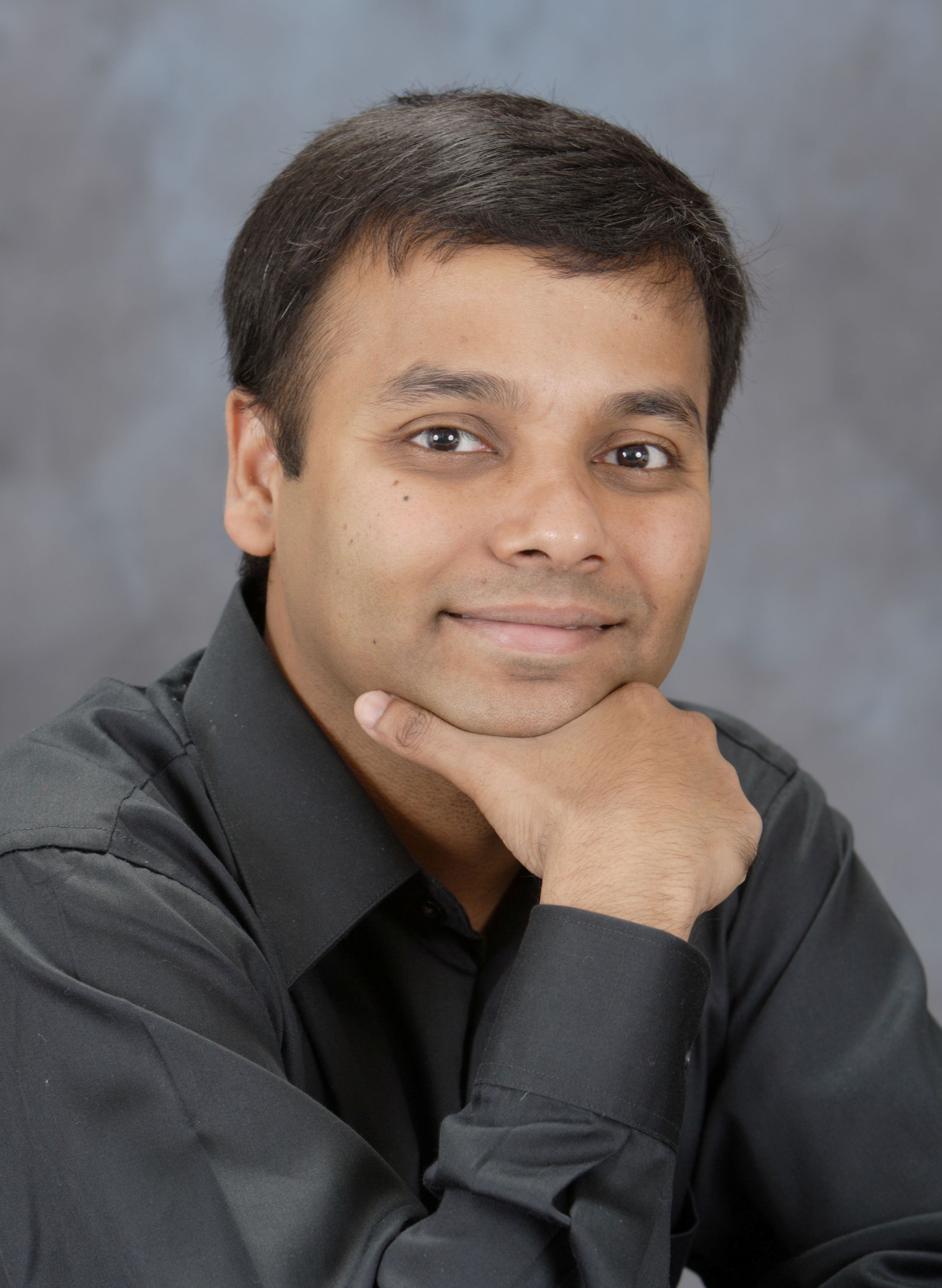
|
|
Session 2 - Presenation 2
|
Title:
Advanced Modeling and Characterization of Bias Temperature Instabilities
and Hot Carrier Degradation
|
|
Speaker:
Tibor Grasser (TU Wien)
|
Abstract:
This talk will cover two interwoven topics, charge trapping as seen
for instance in bias temperature instabilities and RTN, as well as
creation of interface states due to channel hot carrier stress.
Charge trapping in the insulating oxide of MOS transistors will be
covered in the first part of the talk. This phenomenon has been linked
to a number of detrimental issues, like random telegraph and 1/f
noise, bias temperature instabilities, irradiation damage and hot
carrier degradation. With the rapid scaling of modern devices these
phenomena are becoming more and more important. Although nanoscale
devices only contain a small number of defects, each of them can have
an increasingly catastrophic impact on the overall device behavior.
With the recently developed time-dependent defect spectroscopy (TDDS),
the capture and emission of single carriers can be studied. The
latest TDDS results will be reviewed together with their implications
on modeling and reliability predictions. In particular, a thorough
theoretical framework for charge trapping will be discussed, starting
from the ab-inito level and reaching up to the device level. In the
second part of the talk, channel hot carrier stress in nMOS
transistors is discussed, including scaled devices as well as LDMOS
transistors. The latest model developments will be summarized,
including a discussion of carrier transport for the evaluation of the
distribution function which controls the creation of defects. In
particular the importance of the various ingredients to the model such
as electron-electron scattering will be highlighted.
|
Biography:
Tibor Grasser received his Ph.D. degree in technical sciences from the
TU Wien where he is currently employed as an Associate Professor. In
2003 he was appointed director of the Christian Doppler Laboratory for
TCAD in Microelectronics. Dr. Grasser is the co-author or author of
more than 500 scientific articles, editor of books on advanced
device simulation, the bias temperature instability (Springer), and
hot carrier degradation (Springer), a distinguished lecturer of the
IEEE Electron Devices Society, a senior member of IEEE, has been
involved in various functions at outstanding conferences such as IEDM,
IRPS, SISPAD, IWCE, ESSDERC, IIRW, and ISDRS, is a recipient of the
Best and Outstanding Paper Awards at IRPS (2008, 2010, 2012, and
2014), IPFA (2013), ESREF (2008) and the IEEE EDS Paul Rappaport Award
(2011). He was also a chairman of SISPAD 2007 and General Chair of
IIRW 2014 and currently serves as an Associate Editor for
Microelectronics Reliability (Elsevier).
|
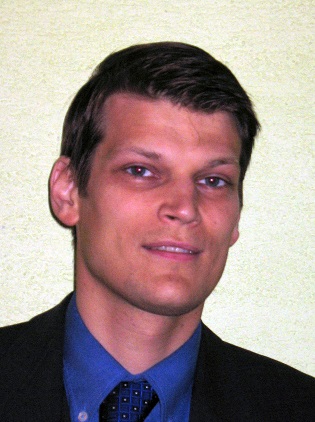
|
|
Session 3 - Presentation 1
|
Title:
Activities of VDEC Advantest D2T Research Division
|
|
Speaker:
Rimon Ikeno (The University of Tokyo)
|
Abstract:
VDEC Advantest D2T research division was established in VDEC in October 2007.
As the name of the research division indicates, it is financially supported
by ADVANTEST Corporation.
We are currently in its third phase that started in October 2013.
The aim of establishment of ADVANTEST D2T research division is to extend
research and education environment for VLSI design/test to universities and
colleges in Japan.
"D2T" means that we consider not only design but also test.
Our activities include supplying design/test experts to the industry,
advancing research collaboration with the industry, interchanging of
researchers with other universities, and providing opportunities
for latest research topics through symposia, seminars, and so on.
In this talk, such overview of the research division is briefly introduced.
|
Biography:
Rimon Ikeno received his B.S., M.S., and Ph.D. degrees in electronic
engineering from the University of Tokyo in 1992, 1994, and 1997, respectively.
He joined Texas Instruments in 1997, and worked on advanced CMOS
devices/process,
ultra-low power circuit technology, and low-power DSP core development for
mobile applications.
After leaving TI in 2008, he worked at two Japanese venture companies
for low-power and high-performance computing systems.
In 2011, he joined the University of Tokyo again, and currently, he is
managing VDEC Advantest D2T research division as a project lecturer.
His research interests include advanced device/process technology,
VLSI design methodology, DFT, and low-power data processing systems.
|
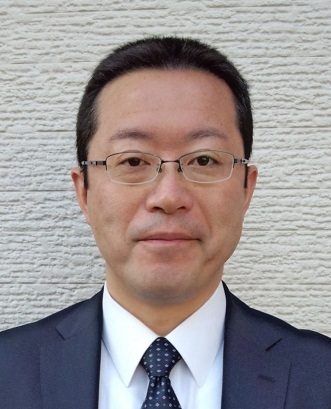
|
|
Session 3 - Presentation 2
|
Title:
FET-R-C Circuits: A Unified Treatment
|
|
Speaker:
Tetsuya Iizuka (The University of Tokyo)
|
Abstract:
In today's mixed-signal integrated circuits one will very often find
a subcircuit consisting of a loop of a resistor (R), a field-effect
transistor (FET) that will be acting as a switch, and a capacitor (C).
Depending on the system in which it is embedded, this subcircuit
may be acting as a sample-and-hold, as a passive mixer, or as a bandpass
filter or bandpass impedance.
If employed in an instrument such as an equivalent-time oscilloscope,
this circuit would comprise the sampling head. Indeed, this circuit
topology has been used for more than 50 years, sometimes employing
a diode bridge as the switch, at other times a vacuum tube.
It appears in front of almost every analog-to-digital converter,
a fundamental building block in today’s digital world.
So it comes as a surprise that there exists no comprehensive theory
to guide the design of this circuit to a specified frequency response,
noise, input impedance, and conversion gain, or that reveals how
these quantities might depend on one another and lead to tradeoffs.
Although some analyses of this circuit have appeared in the literature,
they are either limited in scope or are mathematically complicated,
sometimes both.
In this presentation, we will present a useful, design-oriented analysis
that leads to a simple signal flow graph, which captures the FET-R-C
circuit's action completely across a wide range of parameters.
This circuit is used commonly in two different ways: as a sample-and-hold,
and as a passive mixer.
Our analysis allows us, for the first time, to describe the operation
of these two circuits in a unified format.
|
Biography:
Tetsuya Iizuka received the B.S., M.S., and Ph.D. degrees in electronic
engineering from the University of Tokyo, Tokyo, Japan, in 2002, 2004,
and 2007, respectively.
From 2007 to 2009, he was with THine Electronics Inc., Tokyo, Japan,
as a high-speed serial interface circuit engineer.
He joined the University of Tokyo again in 2009, and is currently
an Associate Professor at VLSI Design and Education Center.
He was a Visiting Scholar with University of California, Los Angeles,
CA, USA from 2013 to 2015.
His research interests include data conversion techniques, high-speed
analog integrated circuis, digitally-assisted analog circuits and VLSI
computer-aided design.
Dr. Iizuka is a member of the Institute of Electrical and Electronics
Engineers (IEEE) and the Institute of Electronics, Information and
Communication Engineers (IEICE).
He is a recipient of the Young Researchers Award from IEICE in 2002,
the IEEE ICECS Best Student Paper Award in 2006, and the Yamashita SIG
Research Award from Information Processing Society in Japan (IPSJ) in 2007.
He is a member of the IEEE ISSCC and CICC Technical Program Committees.
|
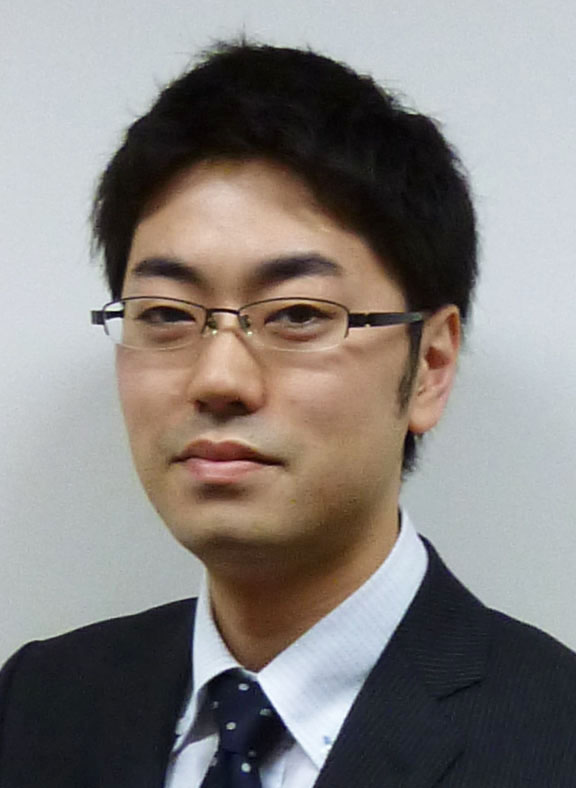
|
|
Session 3 - Presentation 3
|
Title:
A Novel Circuit for Transition-Edge Detection
|
|
Speaker:
Takahiro Yamaguchi (Advantest Laboratories)
|
Abstract:
Traditional binary transition-edge search methods are sensitive to hysteresis,
noise and jitter, and also require a relatively large number of samples
in order to accurately detect a noisy transition edge.
A new transition-edge search circuit is introduced in this paper which
utilizes a stochastic comparator group.
By incorporating stochastic properties, our proposed circuit design
accelerates the accumulation of data and enhances test quality.
The background theory underlying this approach is developed and
experimentally validated in this paper.
|
Biography:
Takahiro J. Yamaguchi received the B.S. degree in applied physics from
Fukui University, Fukui, Japan, in 1976, and the M.S. degree in physics,
and Ph.D. degree in electronic engineering from Tohoku University,
Sendai, Japan, in 1978, and 1999 respectively.
He joined Advantest Corporation in 1978, where he was a Research and
Development Project Manager for Fourier analyzers, FFT-based servo analyzers,
Michelson-type optical spectrum analyzers, and TV signal analyzers.
Since 1991, he has been with Advantest Laboratories Ltd., Miyagi, Japan.
Since 2009, he is also a researcher at VDEC, the University Tokyo.
Presently he is a visiting professor at Gunma University, Gunma, Japan.
Dr. Yamaguchi and his group has presented 14 papers at ITC from year 2000,
8 papers at ISSCC, CICC, RFIC, A-SSCC, ISCAS and 6 journal papers.
He was a co-recipient of the DesignCon 2007 Best Paper, and the Honorable
Mention Award at ITC2010 for ITC2009 jitter separation paper.
|
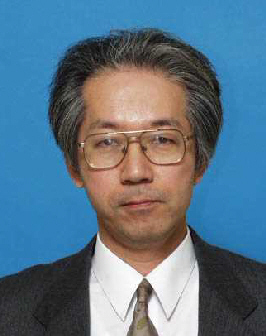
|
|
Session 3 - Presentation 4
|
Title:
Dynamic Power Integrity Control of ATE for Eliminating Overkills and Underkills
|
|
Speaker:
Masahiro Ishida (Advantest Corporation)
|
Abstract:
In this lecture, we present the proposed dynamic power integrity control
method for device testing.
It controls the power supply fluctuations on an ATE in a feed-forward manner
to emulate the actual power supply fluctuation on customers' power supply
environment.
We also demonstrate that our dynamic power integrity control board can
eliminate overkills/underkills due to the difference of power supply
characteristic between an ATE and a practical operating environment of the DUT.
Experimental results of delay fault testing with 105 real silicon devices
show that 95% of overkills/underkills due to the different power supply
characteristics can be eliminated by the proposed method.
|
Biography:
Masahiro Ishida received the B.S. and the M.S. degree in electronic and
information engineering from Tokyo University of Agriculture and Technology,
Japan, in 1993 and 1995, respectively, and the Ph.D. degree in engineering
from the University of Tokyo, Japan, in 2013.
He joined Advantest Laboratories Ltd. in 1995 and contributed to the
development of jitter measurement method.
From 2009, he worked for Advantest Corporation, Japan and developed
a real-time functional testing method for the multi-level signal
and the digital modulation signal interfaces.
And since 2010, he has been doing a joint research on controlling and testing
the power integrity of the device under test with the University of Tokyo.
His current research interests include testing methods for signal integrity
and power integrity.
|
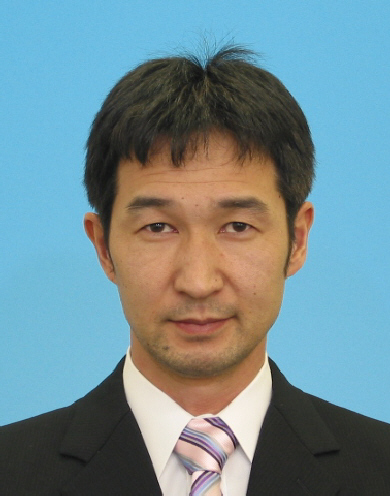
|
|
Panel discussion
Theme:
Reliability / dependability of industrial standards for automotive systems
|
Panel Objectives and Description:
In this session,
we would focus on industrial/international standards for
automotive reliability and functional safety such like ISO26262,
AEC-Q100, and others.
Then, we would like to discuss our status of preparations, concerns,
and perspectives from individual panelists' viewpoints.
As the guest panelists, we invite Prof. Tomohiro Yoneda of National
Institute of Informatics and Dr. Takao Futagami of TOYO Corporation.
They would cover ISO26262 for functional safety of vehicles, and
MISRA C for the software standards in it, respectively.
|
Moderator:
Masahiro Fujita (The University of Tokyo)
|
Biography:
Masahiro Fujita received his Ph.D. in Information Engineering from
the University of Tokyo in 1985 on his work on model checking of hardware
designs by using logic programming languages.
In 1985, he joined Fujitsu as a researcher and started to work on hardware
automatic synthesis as well as formal verification methods and tools,
including enhancements of BDD/SAT-based techniques.
From 1993 to 2000, he was director at Fujitsu Laboratories of America and
headed a hardware formal verification group developing a formal verifier
for real-life designs having more than several million gates.
The developed tool has been used in production internally at Fujitsu and
externally as well.
Since March 2000, he has been a professor at VLSI Design and Education Center
of the University of Tokyo.
He has done innovative work in the areas of hardware verification, synthesis,
testing, and software verification-mostly targeting embedded software and
web-based programs.
He has been involved in a Japanese governmental research project for
dependable system designs and has developed a formal verifier for C programs
that could be used for both hardware and embedded software designs.
The tool is now under evaluation jointly with industry under governmental support.
He has authored and co-authored 10 books, and has more than 200 publications.
He has been involved as program and steering committee member in many
prestigious conferences on CAD, VLSI designs, software engineering, and more.
His current research interests include synthesis and verification in SoC
(System on Chip), hardware/software co-designs targeting embedded systems,
digital/analog co-designs, and formal analysis, verification, and synthesis
of web-based programs and embedded programs.
|
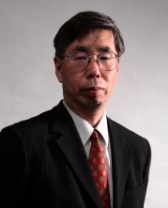
|
|
Panelist :
Tomohiro Yoneda (National Institute for Informatics)
|
Biography:
Tomohiro Yoneda received B.E., M.E., and Dr. Eng. degrees in Computer
Science from the Tokyo Institute of Technology, Tokyo, Japan in 1980,
1982, and 1985, respectively.
In 1985 he joined the staff of Tokyo Institute of Technology, and he moved
to National Institute of Informatics in 2002, where he is a Professor.
He was a visiting researcher of Carnegie Mellon University from 1990 to 1991.
His research activities currently focus on design of asynchronous circuits and
dependable systems.
Dr. Yoneda is a member of IFIP WG 10.4, and a Fellow of the IEICE.
|
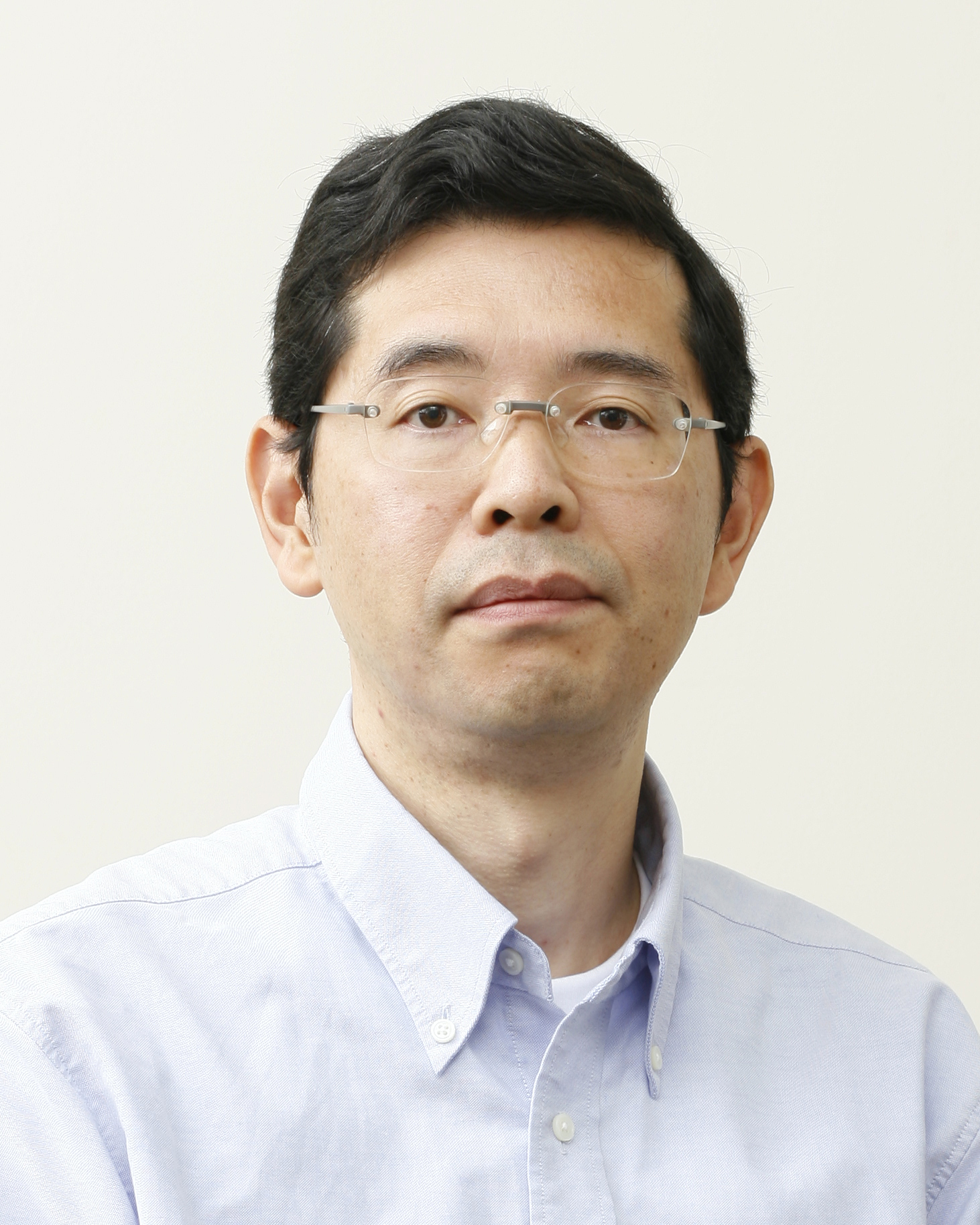
|
|
|
Panelist :
Takao Futagami (Toyo Corporation / SESSAME)
|
Biography:
Takao Futagami is the councilor of Toyo Corporation with specific region
in software development technology R&D since 2014.
He started his carrier at Toyo in 1978 as gamma ray analysis software developer
for nuclear fuel. He also developed test and measurement system for radiology,
medical, vibration, and computer device.
Soon after MISRA C programing guideline was released in 1997,
he became liaison between UK and Japan.
He was a guest editor of IEEE software magazine for Model Driven Development in 2004.
He was a professor of Tokai University in Japan until 2011 teaching embedded
software analysis and design.
He was the recipient of IPA Award because of programing guideline contribution.
|
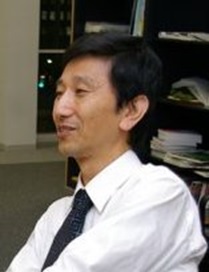
|
|
|
Panelist:
Mehdi Tahoori (Karlsruhe Institute of Technology)
|
|
Panelist:
Subhasish Mitra (Stanford University)
|
VLSI Design and Education Center (VDEC), The University of Tokyo










